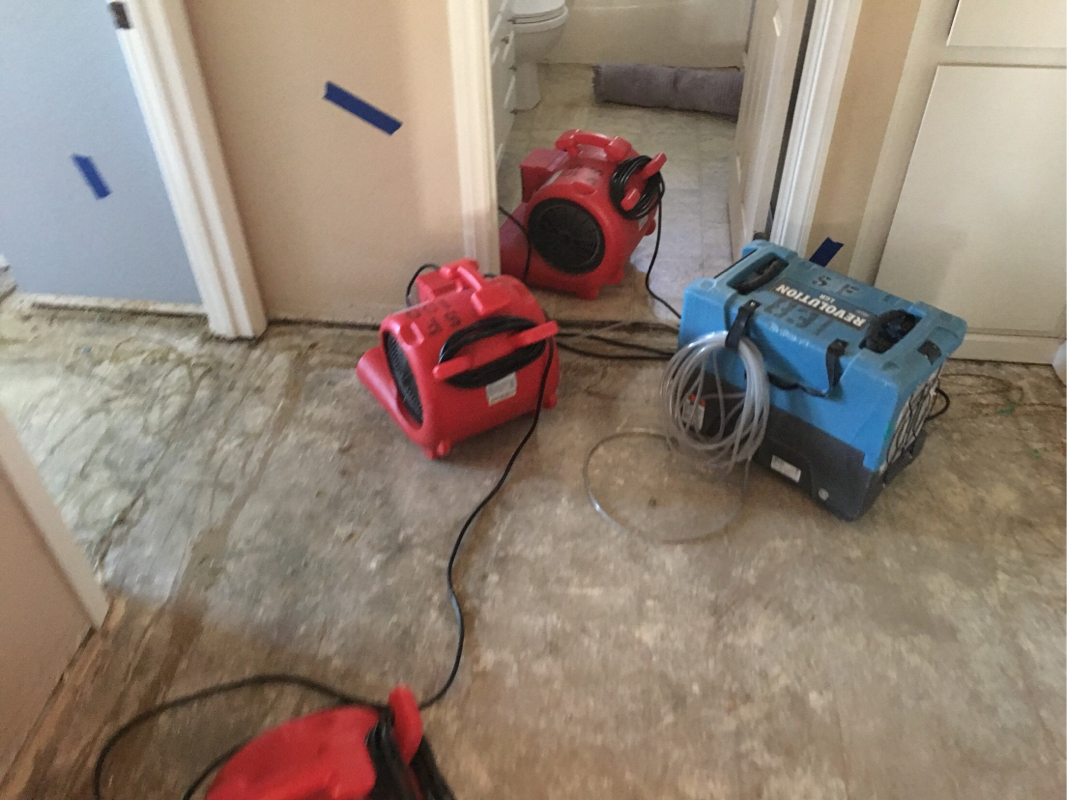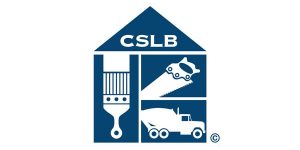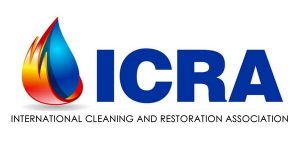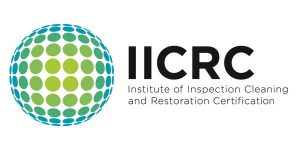
Before getting into the details, let’s take a look at the big picture. Keeping water damage to a minimum involves completing three major steps as soon as possible: flooding removal, water extraction, and structural drying.
The first and most obvious step is removing standing water. Water removal often involves clearing a blocked drain or sewer, then letting gravity do its job. But it also often requires powerful truck-mounted pumps. These can be gas powered to operate during a power outage. Or they may be high-performance submersible electric pumps. But that’s just the first step. Whenever sewage, ground-sourced, or long-standing water is involved, sanitation and disinfection are paramount in emergency cleanup efforts. And there’s more.
Water extraction then removes as much soaked-in moisture as possible from floor, wall, and ceiling surfaces. This step also requires powerful specialized equipment as we’ll soon discuss.
Structural drying is necessary whenever water has soaked deeply into the building. Otherwise, there’s likely to be hidden damage, including warping and splitting into important structural elements. Specialized dehumidifiers and blowers together with careful monitoring and adjustments using hygrometers, moisture detectors, and infrared cameras, complete this step.
Water Extraction Services
Special-purpose water extraction vacuums remove as much water as possible from building surfaces. As much as 2-3 times as much as can be removed by shop wet-vacs or carpet-cleaning equipment. Drying carpet, drywall, and other materials before mold and bacteria have a chance to take over avoids the need to replace them, reducing damage restoration costs while keeping the building healthy.
Eliminating surface dampness also reduces indoor humidity, greatly improving the speed and effectiveness of structural dry out. Even so, it’s often necessary to lift or remove carpet and open up walls for better air circulation.
Water extraction vacuums range from portable units costing some $1,000 to $2,000 on up to truck-mounted equipment rated in the 10s of HP (horsepower) and costing $4,000 or more. They typically have a wastewater holding tank and a long discharge hose to properly handle Class 2 (“gray”) and Class 3 (“black”) hazardous wastes.
By calling in a professional water extraction service, you’ll have more than just advanced equipment. You’ll also have knowledgeable, well-trained, experienced technicians to assure health and safety as well as to keep building damage and other losses to an absolute minimum.
More Than Just Floods
You may have been imagining (or are facing!) major storm or basement flooding. But professional water damage restoration is vital after a fire as well. And it’s critical after any significant incident such as a burst water heater or a ruptured clothes washer hose, a tub overflow, and similar events.









